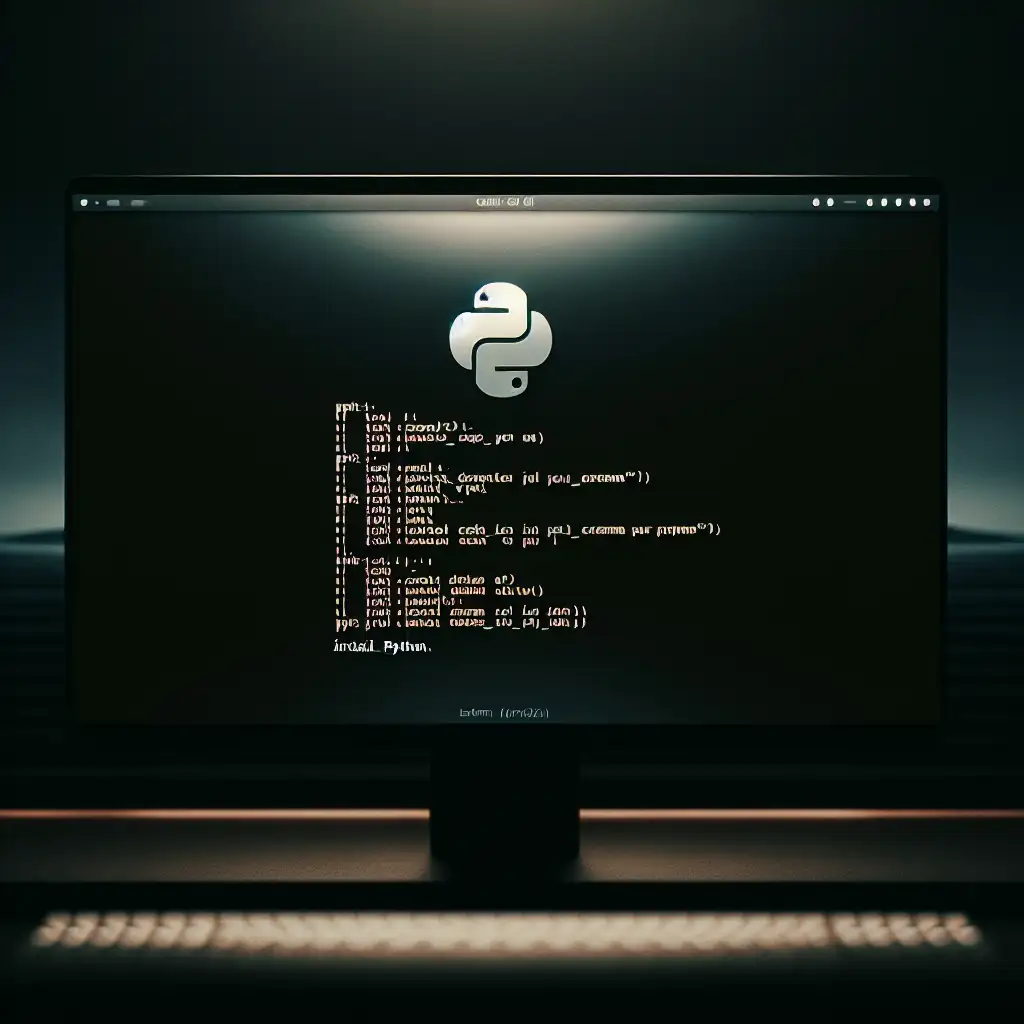Mastering the Command Line: Installing Python on Ubuntu Efficiently and Correctly
No GUI shortcuts here—production deployments and CI/CD runners rarely care about desktop environments. The only way to guarantee a clean, predictable Python installation on Ubuntu is via the command line. Here’s how experienced engineers do it.
Python on Ubuntu: The Situation
Out of the box, Ubuntu 20.04 ships with Python 3.8. Typically, system utilities rely on that version—altering or removing it can break critical tools (add-apt-repository, lsb_release). But projects often call for newer interpreters or isolated Python environments for package management, testing, or automation.
Step 1: Inspect the Current Interpreter
First, determine what’s on the system:
python3 --version
Expected output:
Python 3.8.10
If you see command not found, your base install is missing Python. This is rare, but possible on server minimal images.
Many scripts still call python directly. On Ubuntu, this often yields:
Command 'python' not found, did you mean:
command 'python3' from deb python3
Unless you explicitly map python to python3, this remains unresolved by design.
Step 2: Update System Package Index
Critical step—outdated apt metadata triggers dependency hell, e.g.:
E: Unable to locate package python3.11
Update with:
sudo apt update
Step 3: Install the Default Python 3 Package
Installs the distribution-maintained Python interpreter—safer for automation and expected by system utilities.
sudo apt install python3
Verifying the install:
python3 --version
For most modern Ubuntu LTS releases:
- Ubuntu 20.04 → Python 3.8.x
- Ubuntu 22.04 → Python 3.10.x
Distributions lag upstream, so don't expect the very latest release. Need something newer? See the section on custom versions.
Step 4: Map python to python3 (if Absolutely Required)
Some legacy tooling and scripts default to python, not python3.
To address this without aliasing in ~/.bashrc:
sudo apt install python-is-python3
This installs a symlink at /usr/bin/python → /usr/bin/python3.
Gotcha: Mapping python globally can break older Python 2 scripts—rare on new projects, but be aware.
Step 5: Install pip3 and Supporting Tools
Most Python workflows depend on pip to manage dependencies. Ubuntu separates python3-pip from the base interpreter:
sudo apt install python3-pip
Validate with:
pip3 --version
You’ll often see:
pip 20.0.2 from /usr/lib/python3/dist-packages/pip (python 3.8)
Note: Ubuntu’s pip can lag official pip releases. Consider python3 -m pip install --upgrade pip within a virtualenv for bleeding-edge features.
Step 6: Install a Specific Python Version (e.g., 3.10 or 3.11)
For projects pinned to a specific interpreter (common in machine learning or API server stacks), Ubuntu's repositories may be behind. Enter the deadsnakes PPA, a well-maintained source for newer Python builds:
sudo add-apt-repository ppa:deadsnakes/ppa
sudo apt update
Install a specific version:
sudo apt install python3.11 python3.11-venv python3.11-distutils
Check version:
python3.11 --version
Practical example:
Isolate multiple versions for CI pipelines. Use python3.11 -m venv .venv311 to test compatibility.
Side note:
System-level update-alternatives can switch the global python3, but this practice isn’t recommended; it can disrupt expected behaviors in system scripts.
Cheat Sheet
| Task | Command |
|---|---|
| Update APT | sudo apt update |
| Install default Python3 | sudo apt install python3 |
Map python → python3 | sudo apt install python-is-python3 |
| Add Deadsnakes PPA | sudo add-apt-repository ppa:deadsnakes/ppa |
| Install Python 3.11 and tools | sudo apt install python3.11 python3.11-venv python3.11-distutils |
| Install pip for Python3 | sudo apt install python3-pip |
Real-World Example: Clean Environment for Automation
Provision a fresh LXD container for an Ansible bootstrapping test:
lxc launch images:ubuntu/22.04 ansible-test
lxc exec ansible-test -- bash
sudo apt update
sudo apt install python3 python3-pip -y
python3 --version
# Ensure pip can install Ansible's dependencies
python3 -m pip install --user --upgrade pip
Outcome: Dependencies isolated, system Python untouched.
Pro Tips and Non-obvious Details
- Virtual Environments: Always use
python3 -m venv venvdirto isolate dependencies. Never pip install to the system interpreter—breakage is subtle and cumulative. - Deadsnakes: While reliable, PPA-based interpreters aren’t officially supported by Canonical. Monitor for security updates independently.
- Source Builds: For ultimate control (e.g., compile-time options, linking OpenSSL manually), skip apt and build from python.org tarballs. Trade-off: you own patching and updates.
- Avoid Mixing pip and apt: Installing Python packages globally with pip can overwrite files managed by your distro, leading to broken packages on upgrade.
- Known Issue:
Some minimal cloud images omitpython-is-python3but include Python itself—plan for deployment scripts accordingly.
Final Take
Efficient, reproducible Python installs on Ubuntu rely on a few well-chosen commands. Skipping any verification step might introduce version mismatches or dependency chaos—always check both interpreter and pip versions after installation. Alternative methods exist (conda, pyenv, dockerized builds), but APT-based workflows remain the lowest friction and easiest to automate for most server classes.
For deeper isolation (multi-project servers, secure builds), pair this workflow with venv and continuous security patching.
No perfect method, but this gets you 95% there—fast.
